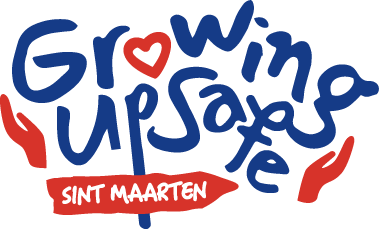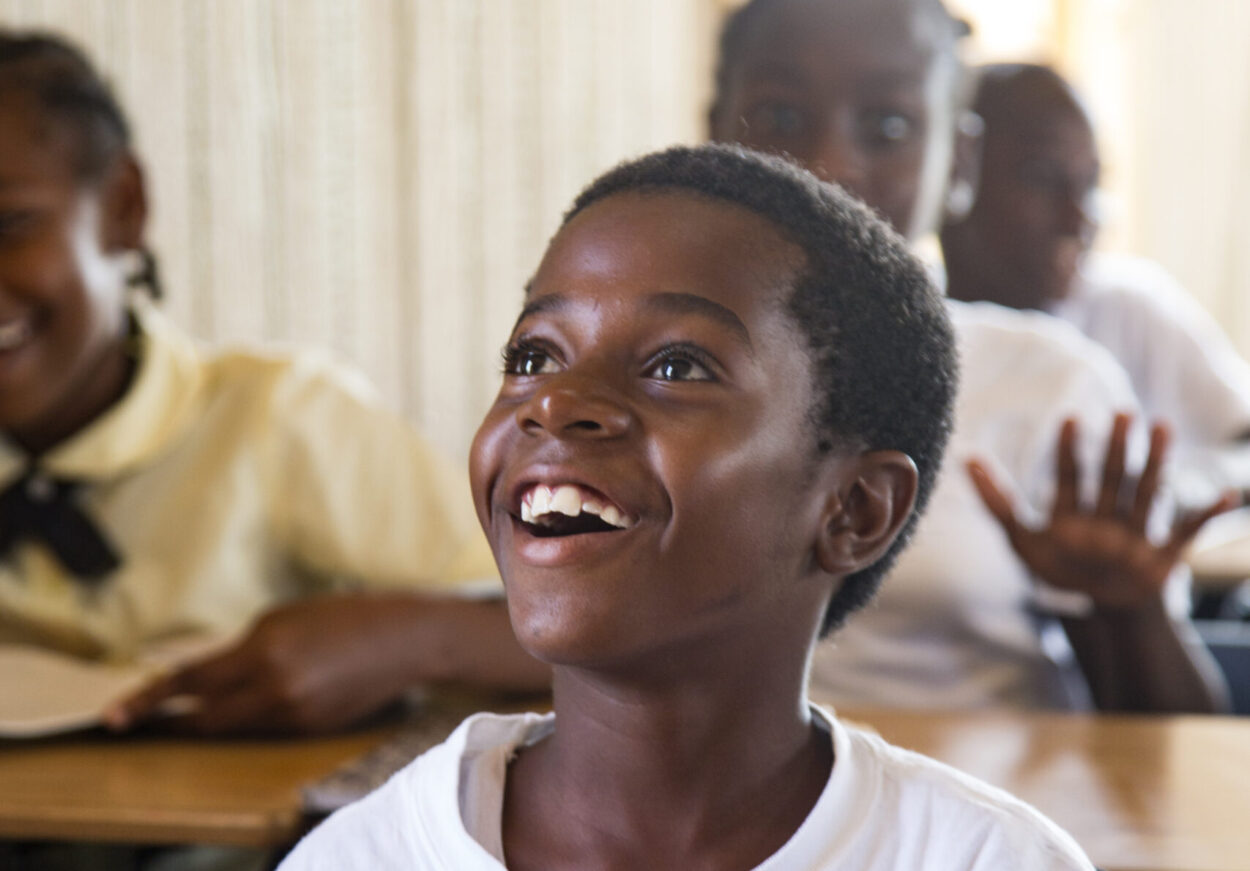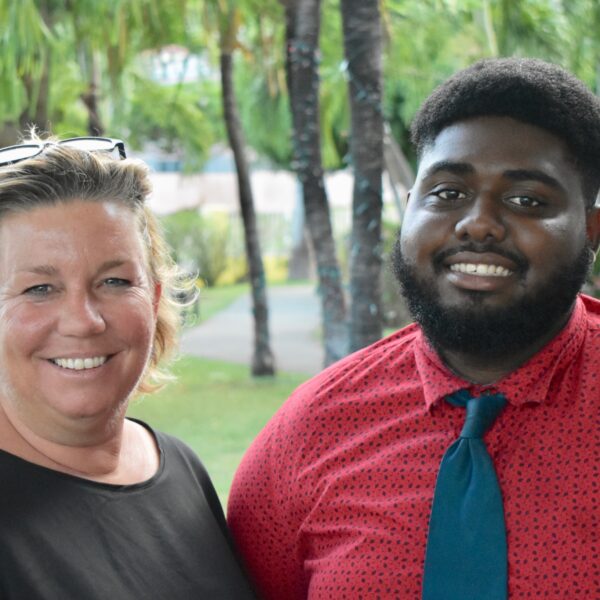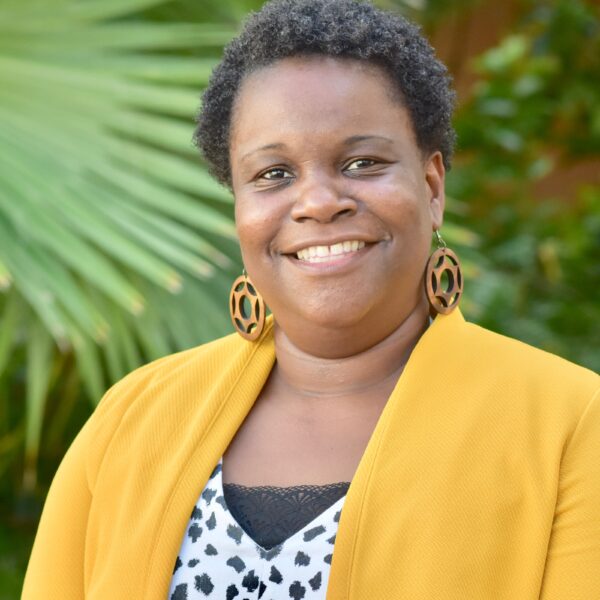After Hurricane Gonzalo in 2014, the Student Support Services Division learned that although some schools did have plans in place, many only covered the infrastructural side. Today, the schools are equipped with updated safety and emergency plans, care and emergency teams, and support for drills.
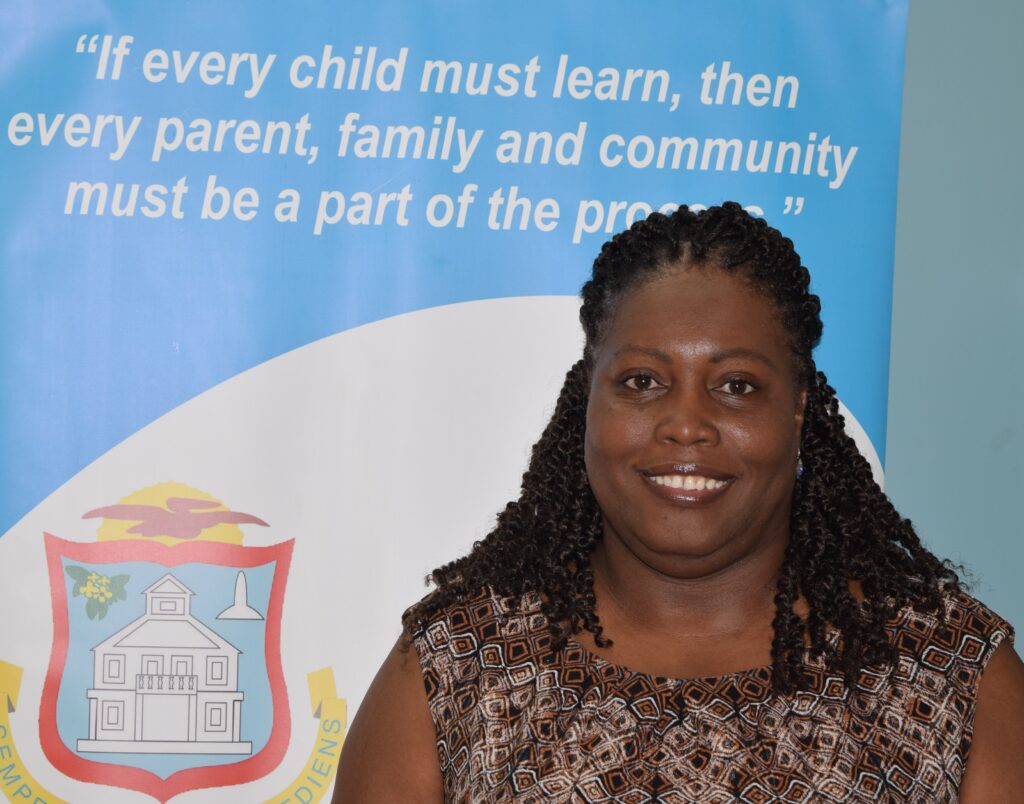
“We noticed there was little to no focus on the psychosocial side of crisis response. This is why we decided to provide support to schools to help them to update their plans to include psychosocial aspects,” explains Olga Mussington-Service, head of the Student Support Services Division (SSSD).
A school safety and emergency plan ensures that management, teachers and students know what to do in case of fire, hurricane, earthquake, tsunami or other emergencies.This can include stowing away electronics before a storm, evacuating in case of a fire or counseling after the death of a student.
The perfect storm
In 2014, there was no mandate for schools to have safety and emergency plans in place. Olga and her colleagues noticed that many schools did not respond to the offer to assist them with revisiting their safety plans. “It is not always the case that schools did not want to participate, it is just that they may have had a lot on their plate and did not see it as a top priority amongst all the priorities,” explains Olga.
She continues: “I personally love learning about and working on disaster management. After Hurricane Gonzalo, we shared with schools how they can prepare students for a hurricane. So although it was not mandated, the SSSD did have a psychosocial response plan in place for the education sector. Although we were ready to respond, the devastation was unimaginable.” In response to the devastation of hurricane Irma, it was mandated that each school had to have a safety and emergency plan in place, in accordance with government guidelines. All schools have to work towards developing, improving and implementing plans.
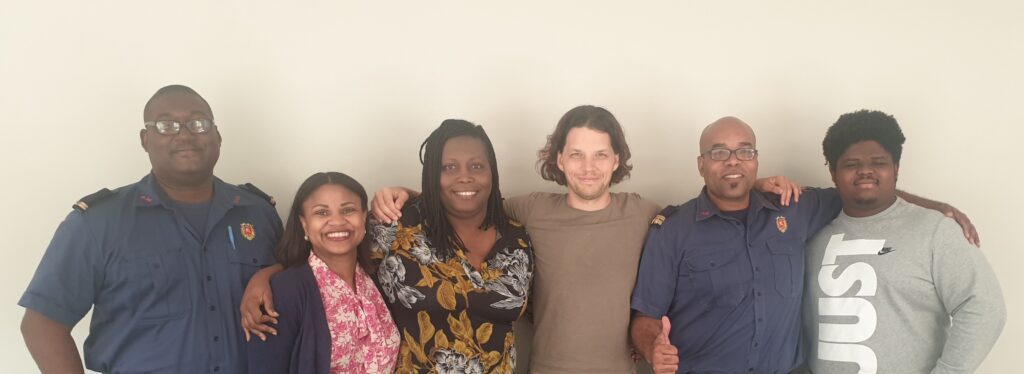
Drafting safety & emergency plans
Olga: “Because it was mandated, there was an immediate need to support schools in finalizing these plans.” The SSSD partnered with UNICEF Netherlands to provide workshops and guidance to schools. In June 2019, all elementary and secondary schools had completed their plans. “Initially each school had to include three emergencies in their plan; hurricanes and fires were mandatory, and they were allowed to pick a third, such as an earthquake,” says Olga. The SSSD encourages schools to add another emergency situation to their plans every year, and the plans will be reviewed every two years.
The SSSD also worked with schools to set up their Safety and Emergency Team (SET). This team is responsible for the implementation and updating of their school’s safety and emergency plan. The SSSD continues to work with the SETs, given that school safety is their area of responsibility.
Support teams
Olga: “This takes a lot of commitment from the schools. I am impressed by the work that they have put in. The island is still recovering, so are some schools. I know that it has been a few difficult years, and yet there are many that are willing to put in the extra work.” The SSSD has support teams in place that provide feedback to the schools about their plans, as well as help them carry out drills for the various scenarios in the plan. There are four support teams and the members come from the Fire Department, the SSSD, the Division of Inspection of MECYS, and the St. Maarten Red Cross.
“I am impressed by the work that the schools put in. The island is still recovering, so are some schools”
Olga also developed an evacuation procedure for schools and realized that she would need equipment for schools to implement this procedure. Once Olga explained her vision to UNICEF Netherlands, they immediately provided financial support to purchase the supplies that she needed for the evacuation procedure. The bags for each classroom and other equipment have been distributed to the schools.
Covid-19: new normal
Now, with the COVID-19 pandemic, there is another type of emergency to consider and Olga has already started to work on an addendum to the school safety plans. As the SSSD is considered an essential service, Olga and the SSSD staff have continued working throughout the pandemic. This is the same for schools, who have been remotely providing education and care and now have to utilize some aspects of their school safety plans as they prepare for the reopening of schools.
Olga: “With the support of the Safety & Emergency Committee (SEMC) of MECYS, I installed a psychosocial subcommittee which comprises experts from the field and together we have been providing information to the care teams to help the school community cope with the ‘new normal’. The schools are also busy implementing new rules and regulations in line with COVID-19 safety plans. There is a lot happening and I am confident that the care teams and SET teams of schools will continue to do their utmost to ensure the safety and wellbeing of the school population.”

School safety from a teacher’s perspective
“Kids might forget a number of things we teach them in the classroom once they are older, but allowing them to experience new things – that is something they never forget”, believes primary school teacher Natasha Ford. She has been a schoolteacher for over 28 years. As a teacher, she enjoys exposing her students to life lessons. “Many of our students don’t have the opportunity to see or experience certain things, such as a hotel stay, fancy dinner, or travel. I want to provide them with opportunities, despite their background or financial situation. I believe this makes them feel special and motivates them.”
An emergency situation
Besides going above and beyond for her students, Natasha also takes crisis planning very seriously. “It was the first day of our school year at Asha Stevens Hillside School in 2012. All teachers and students were gathered for our general assembly. I noticed the way we were gathered and that the access to exits was blocked by our youngest – the early stimulation students. I thought: if we have an emergency now, we might have a big problem.”
So Natasha approached her coordinator to come up with a solution and they came up with an evacuation plan: “We had just seen the massive destruction in Haiti from an earthquake so we practiced various response mechanisms and evacuation procedures for fires and earthquakes.”
Building knowledge
Coming from Guyana, Natasha initially did not have any firsthand experience with hurricanes: “Omar is the first hurricane I experienced, but Irma, that was a whole different story… after Irma I remember just being so grateful to be alive.”
Being so involved with the safety regulations of her school, Natasha was an obvious choice to help create the official School Safety and Emergency Plans, which were mandated after Irma. “With guidance from the SSSD and UNICEF Netherlands, I was able to build on our existing plans. It challenged us to look more in-depth at disaster preparedness. We were also equipped with emergency bags that hold various items we can utilize. For example, once we evacuate we have flags to indicate the status of our class. If I hold up a white flag, my colleagues know all my students are accounted for and safe, a red flag indicates that I need help.”
Taking responsibility
Natasha also believes in involving students in the schools’ emergency preparations. Not only do students get lessons and drills, but she also engages older students by giving them the task to help evacuate the younger kids. “This way you help students take responsibility and feel more empowered. In addition, they understand better that it is important to help your peers, and care for those that might not be as fast or strong,” she explains.
Making posters, doing themed crafts, watching informative videos, making lists and doing exercises are other ways that Natasha and her colleagues prepare students for hurricane season in the classroom. Natasha: “I am sure my students go to their parents bothering them with questions like: ‘Mom, did you buy a flashlight, do we have enough water?’ And this is a good thing! It is always better to have a child that is informed and who then might even be able to help in an emergency situation.”
Practicing and repeating
Open and continuous communication with students is something Natasha will also be incorporating once the school year commences with COVID-19 as a reality. “It is going to take some getting used to for the kids, but as long as we keep practicing and repeating the necessary information and support our students where we can, it will be ok.”
